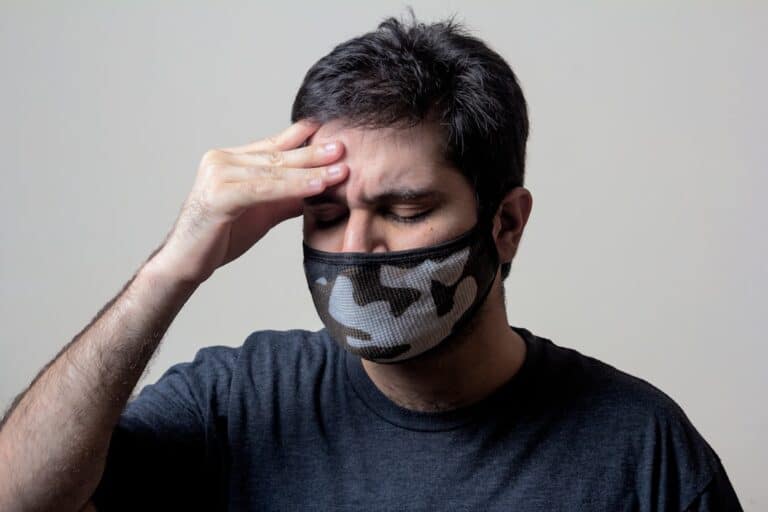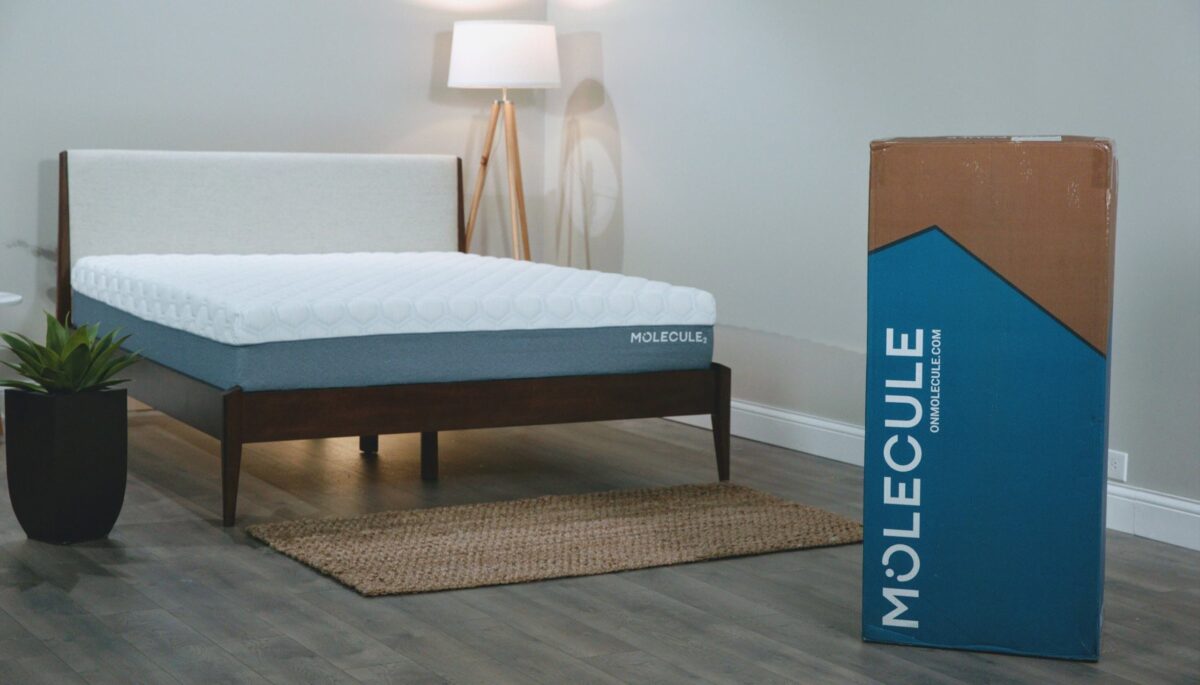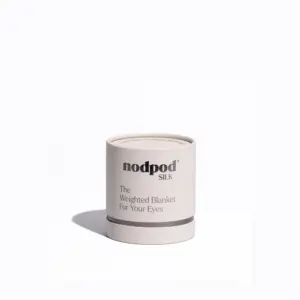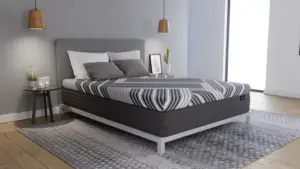A Deep Dive into African Sleeping Sickness Statistics
Understanding Human African Trypanosomiasis (HAT)
Human African trypanosomiasis (HAT), colloquially referred to as African sleeping sickness, is a severe and often fatal illness that poses a significant health threat in sub-Saharan Africa. Caused by the Trypanosoma brucei parasite, the disease is transmitted through the bites of infected tsetse flies, which are endemic to the region.
Recent African sleeping sickness statistics underscore the pressing nature of this disease:
– Approximately 60 to 70 million people are at risk.
– The disease is recorded in 36 countries across sub-Saharan Africa.
– Annually, around 7,000 new cases are reported.
– A significant decline in reported cases has occurred in recent years due to intensified control measures.
– Historically, deaths from the disease ranged from 50,000 to 500,000 annually before effective interventions came into play.
African sleeping sickness predominantly affects rural populations, severely disrupting lives and economies. The disease’s progression is alarming; it evolves from febrile symptoms to critical neurological issues, ultimately culminating in coma and death without timely treatment.
In the following sections, we will explore the disease’s causes, transmission routes, symptoms, types, and the pressing African sleeping sickness statistics that reflect its impact.
Causes and Transmission of African Sleeping Sickness
Understanding how African sleeping sickness spreads is vital for controlling its outbreak. The disease has two subspecies: Trypanosoma brucei gambiense and Trypanosoma brucei rhodesiense. The primary vector for this disease is the tsetse fly (genus Glossina), primarily found in rural areas of sub-Saharan Africa.
Tsetse Flies as Vectors
Tsetse flies thrive in the light of day and can transmit the parasites through their bites. Though only a small fraction of these flies may carry the parasite, their bites effectively initiate new infections. Additionally, there are rare transmission routes, including:
– Mother-to-child transmission: Rarely, a pregnant woman can transmit the infection to her child.
– Sexual contact: Transmission through bodily fluids has been documented, though it’s extremely uncommon.
– Blood transfusion and organ transplantation: These methods can transmit the disease if an infected donor is involved.
– Accidental laboratory exposure: Laboratory workers can be at risk if they handle infected specimens without proper protocols.
Understanding these dimensions of transmission is crucial for crafting effective prevention strategies.
Symptoms and Stages of the Disease
African sleeping sickness progresses through two main stages: the early (hemolymphatic) stage and the late (neurological) stage, with each stage presenting distinct symptoms and complications.
Early Stage Symptoms
In the early stage, symptoms can be misleadingly mild and include:
– Painful skin sores at the bite site.
– Intermittent fever unresponsive to typical antipyretics.
– General malaise, joint pain, and headaches.
– Enlarged lymph nodes and transient skin rashes.
These symptoms are non-specific, making early diagnosis a challenge.
Late Stage Involvement
If untreated, the disease transitions to the late stage when parasites invade the central nervous system, resulting in severe neurological symptoms like:
– Persistent headaches unresponsive to medication.
– Behavioral changes or neuropsychiatric disturbances.
– Significant sleep disruptions, characterized by excessive daytime drowsiness and nighttime insomnia.
– Unmanaged complications can lead to coma and death.
Types of African Sleeping Sickness
The two primary forms of African sleeping sickness correlate with the respective subspecies of the parasite:
– West African Sleeping Sickness (T. b. gambiense): This variant is responsible for approximately 98% of all reported cases. Predominantly found in 24 countries in West and Central Africa, it progresses gradually.
– East African Sleeping Sickness (T. b. rhodesiense): This form accounts for less than 2% of all cases and typically shows a much faster progression of symptoms.
African Sleeping Sickness Statistics
Grasping the statistics surrounding African sleeping sickness can illuminate its extensive public health impact:
People at Risk
An estimated 60 to 70 million individuals are at risk throughout 36 sub-Saharan countries where the tsetse fly is prevalent.
Case Trends
A drop in cases has been documented; from 1999 to 2023, new chronic cases of T. b. gambiense fell from 27,862 to just 675. The acute form T. b. rhodesiense also saw significant declines, illustrating the success of intensified health initiatives.
Mortality Rates
While the estimated annual mortality rate can range from 50,000 to 500,000, advancements in diagnosis and treatment have contributed to a sustainable decline in deaths.
Conclusion: The Path Ahead
Awareness is vital in combating African sleeping sickness, which affects millions in sub-Saharan Africa. A comprehensive understanding of its impact—through African sleeping sickness statistics and emerging treatment strategies—can make a tangible difference in saving lives.
Efforts led by organizations such as the World Health Organization, alongside public-private partnerships, have proven effective in reducing incidence rates through improved surveillance, diagnostics, and treatment accessibility. As ongoing research unfolds promising new therapies, the ultimate goal remains: to eliminate African sleeping sickness as a public health threat.
By remaining informed and supportive of global health initiatives, we can collectively contribute to a future where diseases like African sleeping sickness no longer endanger vulnerable populations.



















